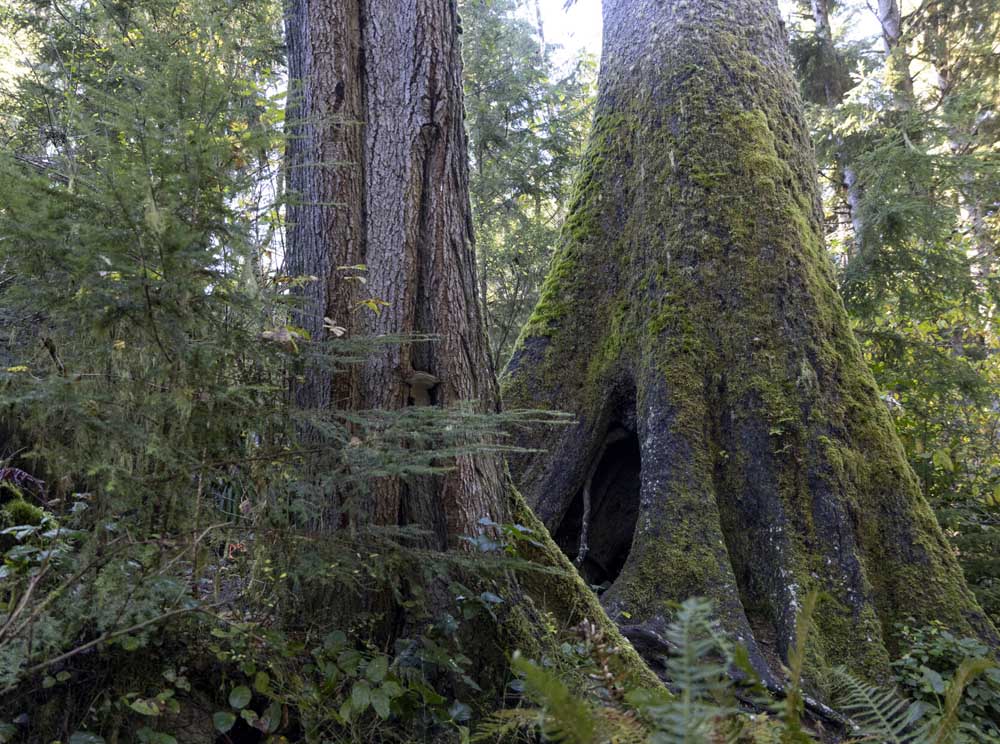Improvements underway at Cathedral Tree Trail
Published 3:18 pm Wednesday, November 13, 2024

- The Cathedral Tree is shown on a crisp November morning.
Cathedral Tree Trail is nothing if not steep. Just off Irving Avenue, the path quickly assumes a steady incline before leveling off at a small landing surrounded by evergreens.
Not long ago, the only way forward continued up a sharp grade over tangles of knobby roots toward Coxcomb Hill — but now, just to the left of the landing, a new route is taking shape.
Over the last few years, the Astoria Parks and Recreation Department has fielded a handful of community concerns over accessibility. Jonah Dart-Mclean, the city’s parks director, said improving the trail has been a goal for a while, but until recently, they haven’t had the staff capacity to make it a reality. Sarah Flynn, the department’s parks and public sites maintenance coordinator, has helped change that.
Flynn, who has taken the lead on the project, began scoping out alternate routes last spring. The idea was to find a path that could offer a shallower grade for people to hike up, and one that would bypass the wooden stairs and boardwalks on the original trail, which can be difficult to maintain and become slippery in the winter.
“The grade was definitely the biggest concern, and not going straight up a hill, because the existing trail, it just goes straight up,” she said. “You know, it was built to get from point A to point B without a real regard for how sustainable it might be to maintain that trail and how easy it would be for people to hike.”
After charting out a few potential paths, she did a walk-through with Dart-Mclean and grounds coordinator David Hoth to settle on a final route. Then, in October, she worked with seasonal staff to pour dozens of hours into roughing out the chosen trail.
On a recent afternoon, Flynn and Dart-Mclean traversed along the new soft dirt path, zigzagging across the slope of Coxcomb Hill to Cathedral Tree. The trail goes right past the 300-year-old Sitka spruce — no detour needed — offering a unique 360-degree view before reconnecting with the original route. It needs more work before it’s finished, Flynn said, but it’s also come a long way. She recalls the early days of bushwhacking through thick overgrowth with a machete just to find her way.
“I was just out here by myself, so it was kind of tough trying to figure out where you are in the woods when you don’t have really a point of reference above you,” she said.
In some instances, Flynn even had to crawl to find flatter ground. Now, in areas where she might not have been able to see someone 10 feet in front of her, the path is completely open.
“It’s really crazy to see the difference,” she said.

